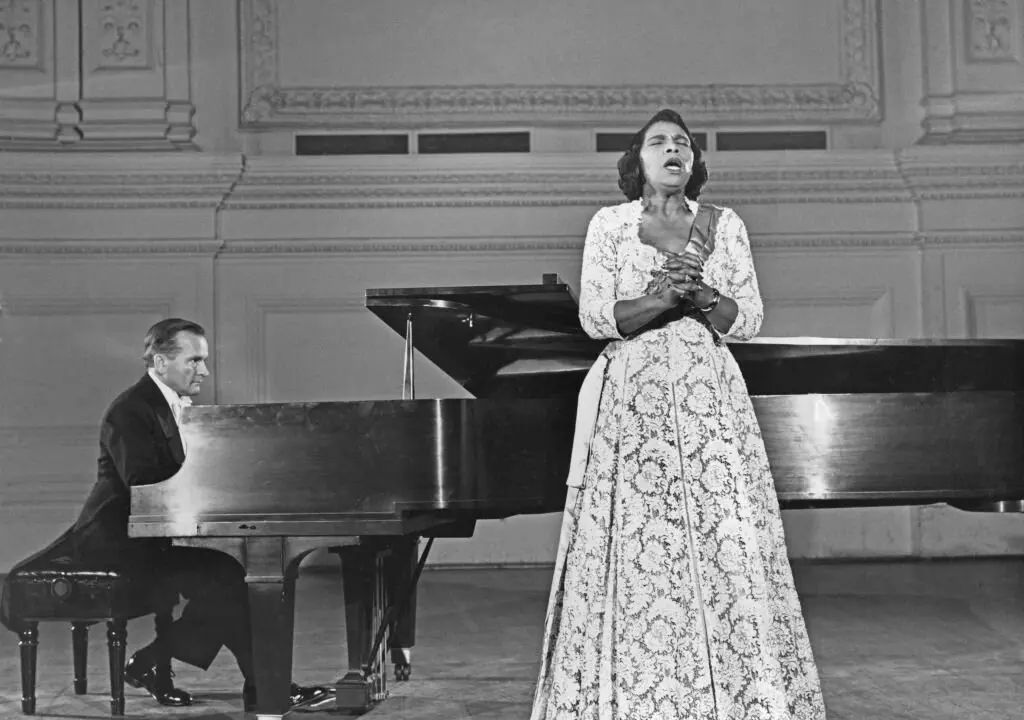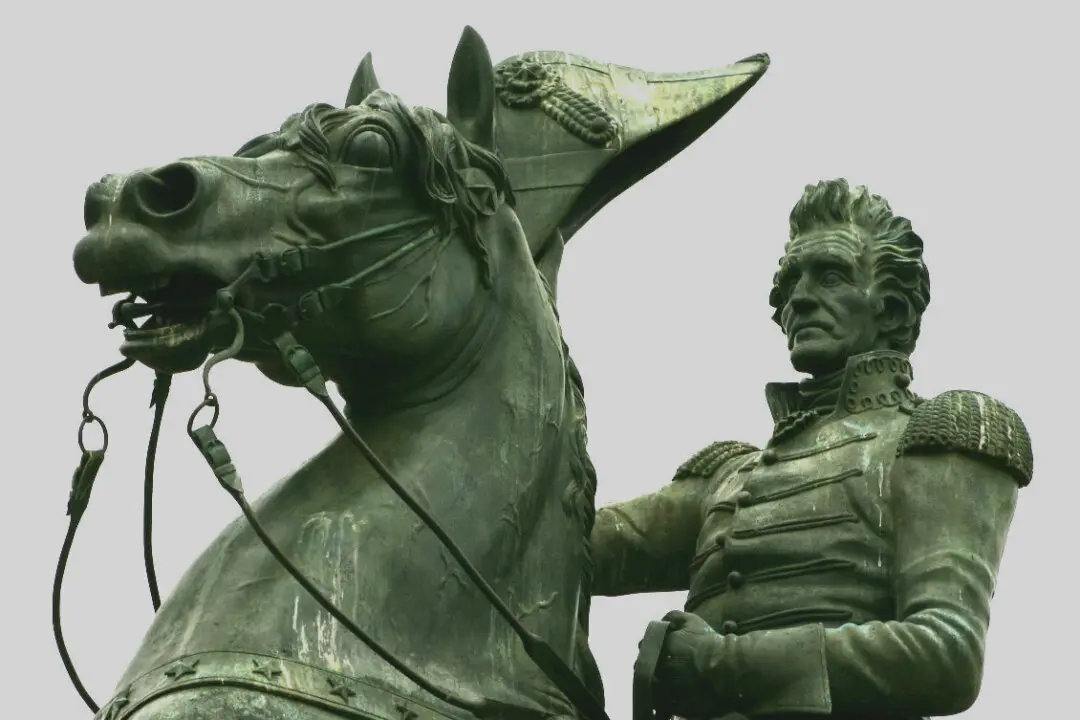The commercialism of shamrocks and bunnies frequently overshadows the real meaning of St. Patrick’s Day, which originated as a Christian holiday. To honor the traditional meaning, that is, of morality, I’d like to discuss a serious classic film which is appropriate for the holiday, “Angels with Dirty Faces” from 1938.
This film features no shamrocks or jigs, yet it paints a powerful picture of the influence that the Irish people in Hollywood, both in front of and behind the camera. These Irishmen were devoted to their homeland’s traditional Catholic faith, so it’s not surprising that one of the movie’s main characters is a Catholic priest.





